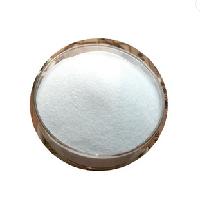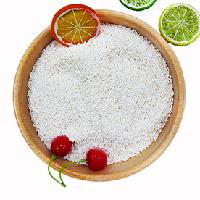-
Categories
-
Pharmaceutical Intermediates
-
Active Pharmaceutical Ingredients
-
Food Additives
- Industrial Coatings
- Agrochemicals
- Dyes and Pigments
- Surfactant
- Flavors and Fragrances
- Chemical Reagents
- Catalyst and Auxiliary
- Natural Products
- Inorganic Chemistry
-
Organic Chemistry
-
Biochemical Engineering
- Analytical Chemistry
-
Cosmetic Ingredient
- Water Treatment Chemical
-
Pharmaceutical Intermediates
Promotion
ECHEMI Mall
Wholesale
Weekly Price
Exhibition
News
-
Trade Service
Bio-Techne recently said that an article published in Nature Protocols uses the Namocell single-cell isolation system
.
This article focuses on the process
of cloning human pluripotent stem cells (hPSCs).
The Namocell Single Cell Isolation System has a low fluid pressure and can gently and rapidly dispense single cells into 96- and 384-well plates, while a cocktail of four small molecules (CEPT) minimizes cellular stress and maintains cell structure and function
immediately after single cell isolation.
This relatively simple and scalable process facilitates gene editing of hPSCs and supports a wide range of applications such as cell line development (reporter and isogenic cell lines), disease modeling, and regenerative medicine
.
hPSCs are inherently sensitive cells, especially when these cells are isolated into single cells to establish clonal cell lines
.
The inefficiency of single-cell cloning also poses a great obstacle
to the application of hPSCs in cell therapy and gene therapy.
This article outlines protocols for clonal selection, single-cell allocation, and growth of hPSCs to improve cell viability and genomic stability
.
The Namocell Single Cell Isolation System is a key instrument in this process due to its ability to quickly and gently separate single cells into 96- or 384-well plates
.
Namocell, a leading provider of fast-to-use single-cell sorting and distribution platforms, was acquired
by Bio-Techne in June this year.
Researchers typically use flow cytometry or manual pipetting for single-cell sorting and isolation
.
Most flow cytometry methods cause potential stress to cells, require a large number of cells, are costly, and are complex
to operate.
Similarly, manual pipetting methods are inefficient, unreliable, and time-consuming
.
Namocell's single-cell isolation system solves these problems, reducing fluid pressure to less than 2psi to maximize cell viability and integrity
.
Namocell's instrument portfolio includes Pala (dual laser system, up to 11 fluorescence detection channels) and Hana (single laser system, 2 fluorescence detection channels).
Both instruments can sort and dispense cells into 96-well plates in 1 minute and 384-well plates in 6 minutes
.
They are very easy to operate and do not require calibration or flow cytometry experience
.
The Namocell Single Cell Isolation System utilizes disposable cell cartridges for cell sorting and distribution, enabling efficient cell recovery and preventing cross-contamination
.
Will Geist, President, Bio-Techne's Protein Science Division, said: "The Nature Protocols paper demonstrates the importance of
fast, gentle and easy-to-use systems for iPSC clone selection and isolation.
We are excited to see the Namocell Single Cell Isolation System as part of an efficient and scalable process that drives the use of
iPSCs in cell and gene therapy.
" ”







